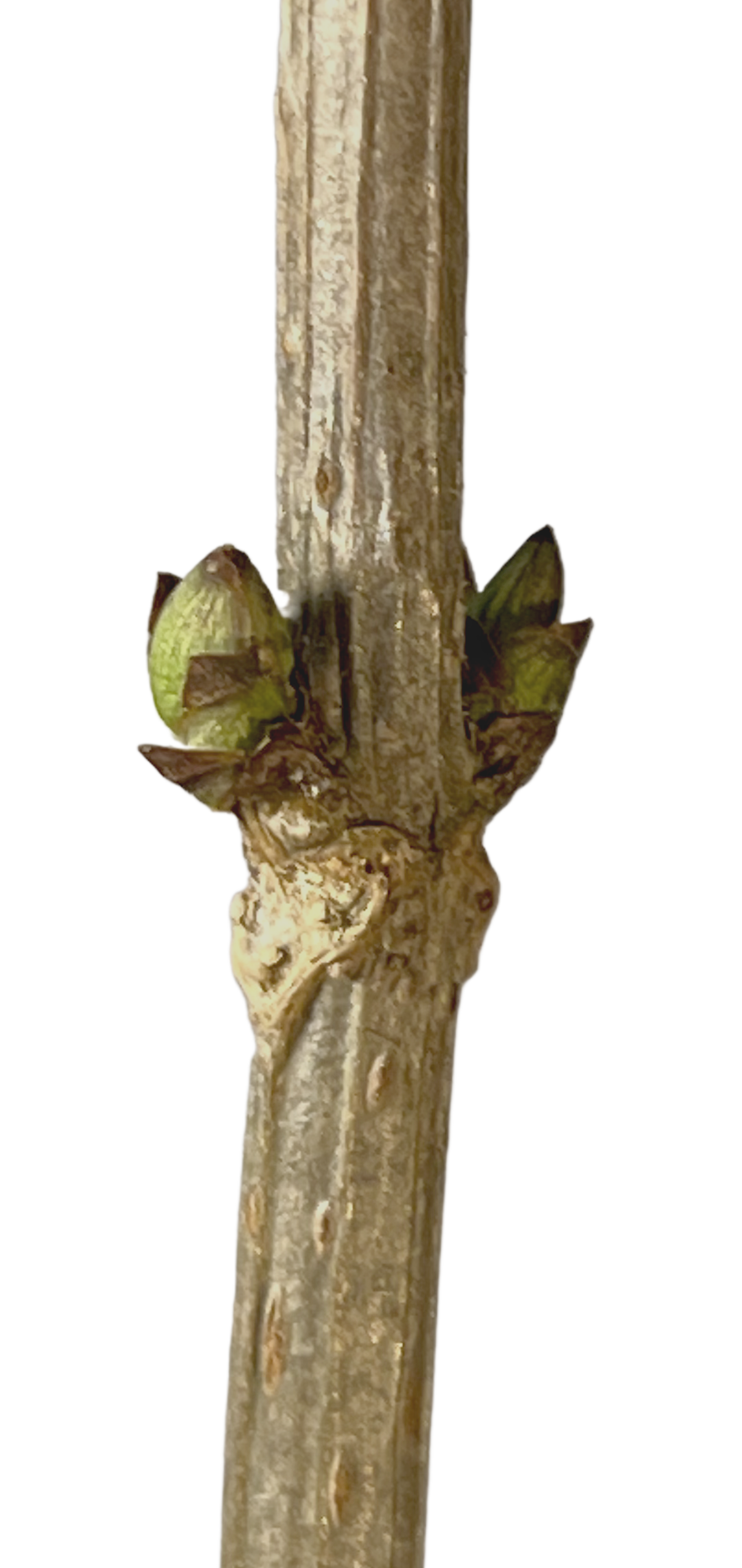Click here to purchase tickets!
For many years, the Native Plant Salvage Project’s winter twig identification courses have been overflowing with people eager to learn new ways to enjoy our natural world. This continued enthusiasm from workshop participants energizes us to sustain this workshop year after year and continue to bring new volunteer instructors into the fold (especially after COVID-cancelled classes)! We invite you join us and discover the same appreciation and delight that learning this unusual skill brings to your winter outings!
We’ll have groups at McLane Creek Nature Trail going out in the morning, from 10:00am-12:30pm, and in the afternoon, from 1:00-3:00pm.
Excerpts from Erica Guttman’s introduction to Winter in the Woods: A Winter Guide to Deciduous Native Plants in Western Washington (E. Guttman & R. Thurman, 1999):
“Many people [...] might find it odd to have a class and guide devoted to identifying plants in their winter state. … ‘Why should I want to know how something looks in winter?’
Knowing what plants look like in winter has many practical benefits! Winter is a good time to gather cuttings and some seeds for propagating plants. Plants are dormant in the winter, making it an ideal time to salvage and transplant. When you learn winter identification skills, you can then rely on them to identify plants with confusing foliage in other seasons. And of course, being able to distinguish deciduous plants from each other in their winter, leafless state greatly adds to our appreciation of the natural world in a season spent too much indoors.
Rather than seeing a dreary landscape of indistinct twigs…
we begin to distinguish and appreciate the fullness of these plants in their winter splendor—the deep reds, gray-greens, yellows, oranges and chestnut-browns of branches; the beauty in the shapes and placement of developing buds; the overall form of the plant when not hidden in leaves; remnant fruits and newly forming catkins; and the surprising beauty in the varying textures of the twigs. Studying the physical details of plants in the winter ignites our enthusiasm for watching their changes throughout the seasons.


